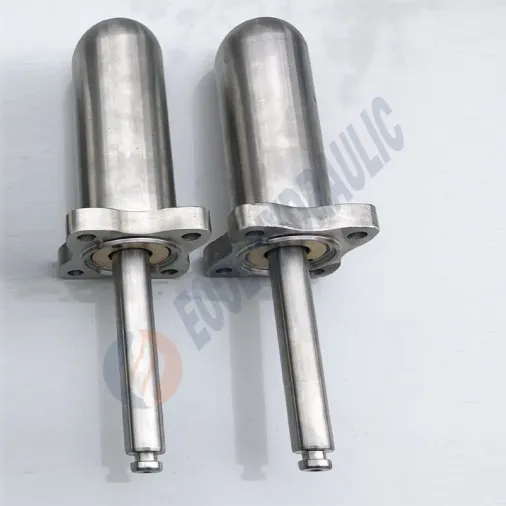Chemical Cleaning in Piping: Ensuring Optimal Performance and Efficiency
Chemical cleaning in piping systems is a crucial process that ensures the optimal performance and efficiency of industrial and commercial facilities. Over time, piping systems can accumulate various contaminants, including scale, rust, oil, and debris, leading to reduced flow rates, decreased heat transfer efficiency, and potential equipment failures. In this article, we, as experts in the field, will delve into the importance of chemical cleaning in piping and how it helps maintain peak performance and extend the life of the entire system.
Understanding the Need for Chemical Cleaning in Piping
Piping systems play a critical role in various industries, including oil and gas, petrochemicals, power generation, and manufacturing. These systems transport essential fluids, such as water, steam, oil, and chemicals, to different parts of the facility. Over time, these fluids can leave deposits on the interior surfaces of the pipes, gradually reducing their internal diameter and impeding the smooth flow of fluids.
The Impact of Deposits on Piping Systems
Accumulation of deposits in piping systems can have several detrimental effects:
Reduced Flow Rates: Deposits restrict the flow of fluids, leading to decreased flow rates, which can hinder production processes and cause inefficiencies.
Decreased Heat Transfer Efficiency: In industrial processes that rely on heat exchange, the presence of deposits on pipe walls can impede heat transfer, reducing overall efficiency.
Corrosion and Material Degradation: Some deposits can promote corrosion, weakening the pipe material and potentially leading to leaks or ruptures.
Formation of Blockages: Heavy accumulation of deposits can create blockages, causing flow disruptions and requiring costly maintenance.
Energy Wastage: Restricted flow due to deposits increases pumping and energy costs, impacting the facility's bottom line.
The Chemical Cleaning Process
Chemical cleaning is a highly effective method to remove deposits and contaminants from the inner surfaces of piping systems. It involves the use of specialized cleaning agents and techniques to dissolve and dislodge the accumulated materials, restoring the pipes to their optimal condition.
Step 1: Pre-Cleaning Assessment
Before initiating the chemical cleaning process, a thorough inspection of the piping system is conducted. This assessment helps identify the nature and extent of deposits, determine the appropriate cleaning agents, and select the most suitable cleaning method.
Step 2: Selecting the Cleaning Agents
The selection of cleaning agents is critical to the success of the chemical cleaning process. Various factors, including the type of deposits, pipe material, and operating conditions, influence the choice of cleaning agents. Commonly used chemicals include acids, alkalis, detergents, and solvents.
Step 3: Circulation of Cleaning Agents
Once the cleaning agents are selected, they are circulated through the piping system using specialized pumps and hoses. The cleaning agents react with the deposits, breaking them down and facilitating their removal.
Step 4: Flushing and Rinsing
After the chemical reaction has occurred, the cleaning agents, along with the dissolved deposits, are flushed out of the system. The pipes are then thoroughly rinsed to ensure no traces of cleaning agents remain.
Step 5: Inspection and Post-Cleaning Assessment
After the cleaning process, the piping system undergoes a final inspection to ensure that all deposits have been successfully removed. A post-cleaning assessment may also include tests to verify improved flow rates and heat transfer efficiency.
Benefits of Chemical Cleaning
Chemical cleaning offers numerous benefits, making it an essential maintenance practice for piping systems.
Enhanced Performance: By removing deposits, chemical cleaning restores the original internal diameter of the pipes, ensuring maximum flow rates and heat transfer efficiency.
Extended Equipment Life: Regular chemical cleaning prevents corrosion and material degradation, extending the lifespan of the entire piping system and associated equipment.
Cost Savings: Improved flow rates and energy efficiency result in reduced energy consumption and lower operating costs.
Preventing Downtime: Proactive chemical cleaning prevents unexpected blockages and malfunctions, minimizing costly downtime and production interruptions.
Compliance with Regulations: Chemical cleaning helps facilities comply with environmental and safety regulations by maintaining efficient and well-functioning piping systems.
Conclusion
Chemical cleaning in piping is an indispensable process that ensures the smooth operation, efficiency, and longevity of industrial and commercial facilities. Regular maintenance through chemical cleaning prevents the build-up of deposits, safeguarding against costly breakdowns and ensuring consistent production.


评论
发表评论